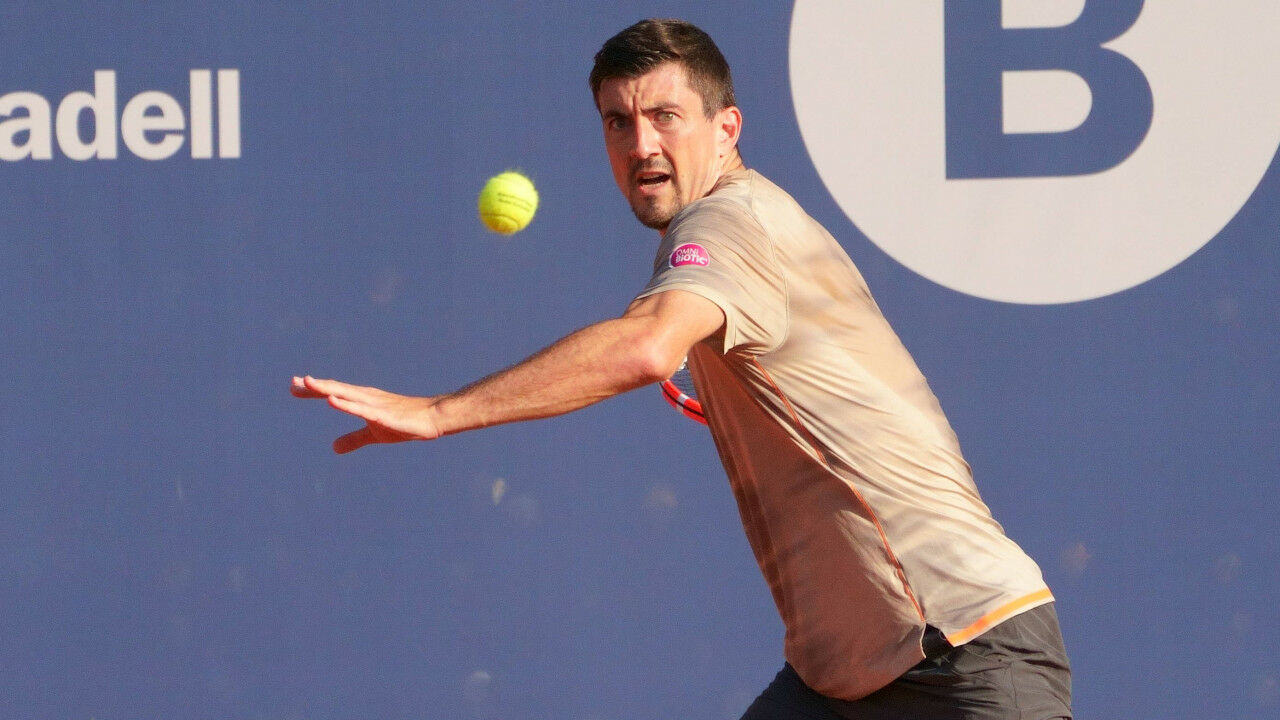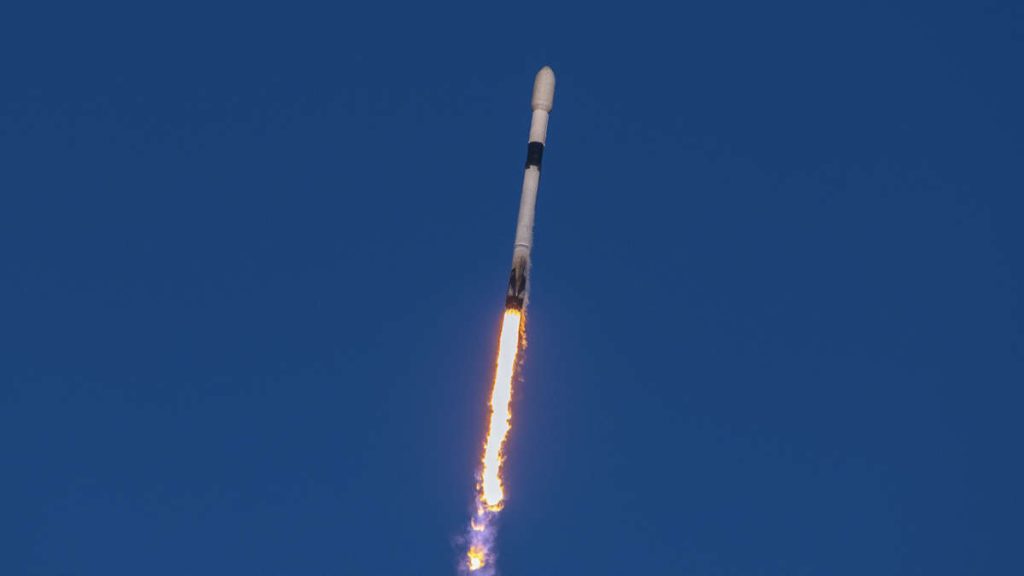-
FromTanya Banner
Close
A neglected SpaceX rocket stage on a collision course with the Moon. When impact is imminent.
FRANKFURT – If a rocket is launched into space, it is usually not very interesting after only a few minutes – after all, it is only a carrier and has served its purpose: space travelThe mission is on its way. At SpaceX, billionaire private space company Elon Musk, the first stage of a rocket launch is still relevant: it usually lands on an autonomous ship or on Earth and is ready for the next rocket launch. But for a rocket’s second stage, the old adage “out of sight, out of mind” usually applies.
No wonder: the second stage of a rocket usually burns up due to its collision with the Earth’s atmosphere. But the rocket stage launched by SpaceX in 2015 suddenly grabbed attention again. In February 2015, a SpaceX Falcon 9 rocket carried the NOAA Deep Space Climate Observatory (DSCOVR) satellite into space. This was SpaceX’s first interplanetary rocket to eject its payload from Earth’s orbit.
When the NOAA satellite began its journey to what’s known as the LaGrange point more than a million kilometers from Earth, a second-stage rocket ran out of fuel to be directed into Earth’s atmosphere to burn. It also lacks the energy to escape the gravitational pull of Earth and the Moon.
The stage of a SpaceX rocket on a collision course with the Moon
And so the SpaceX rocket’s stage has been degenerating in a chaotic orbit across the Earth-Moon system since February 2015. But the object’s fate now seems doomed: a new calculation shows that the orbit puts the neglected object on a collision course with the Moon. Bill Gray, who has developed software used by professional and amateur astronomers around the world to observe near-Earth objects, asteroids and comets, predicts that a SpaceX rocket will hit the moon in early March.
Since the rocket’s stage appears to wobbly in its orbit, Gray has called for observations some time ago to get more data. Using this new data, Gray predicts the Falcon 9 rocket phase will begin on March 4, 2022 on the far side of the moon, near the equator.
However, doubts remain that “space junk can be a bit tricky”, As Gray writes on his website. Gray explains how sunlight affects the body is “difficult to fully predict.” “The unexpected effects are very small, but they will accumulate between now and March 4th,” the researcher continues.
SpaceX rocket stage scheduled to hit the moon in March 2022
Gray wants to predict the impact of the rocket on the Moon as accurately as possible in order to enable research into the impact. The Lunar Reconnaissance Orbiter (LRO) from NASA and the Chandrayaan-2 from India can find the resulting crater on the lunar surface and possibly even monitor the impact. So far, Gray fears his predictions may be off by several minutes, hoping for more observations in February that could reduce the uncertainty.
What happens in space? What topics drive space travel, what is researched in astronomy? Sign up for our free FR newsletter and stay informed.
Space travel: SpaceX rocket stage likely to leave impact craters on the moon
If the stage of a SpaceX rocket hit the moon, Gray thinks that would be the first accidental impact of space debris on the moon. In October 2009, the US space agency NASA commissioned the Lunar Observation and Sensing Satellite (LCROSS) spacecraft to gain scientific knowledge. Gray writes that the impact of the rocket’s next stage on the Moon is “essentially a free LCROSS.” However, you likely won’t see the effect, because it will likely happen on the back of the moon.
A SpaceX Falcon 9 rocket lifts off at night. A second rocket stage is scheduled to hit the moon in March 2022. (File photo)
© Photo
“If we can tell LRO and Chandrayaan exactly where the crater is, they can see a very new impact crater at that location and possibly learn about the geology of this part of the moon,” Gray imagines. After all, we know the mass of an empty Falcon 9 second stage – four tons – and the speed at which it will impact – 2.58 km / s (about 9300 km / h). (tab)
SpaceX has been repeatedly criticized for its constellation of satellites “Starlink”: a recent study showed that satellites primarily affect astronomy at dusk – and this is exactly what is important for the search for potentially dangerous near-Earth objects. The impact of countless missile launches on the environment was also discussed.

“Social media evangelist. Baconaholic. Devoted reader. Twitter scholar. Avid coffee trailblazer.”







More Stories
Thunderbird 125 released? No, the websites spread fake news
Dropbox deepens integration with Microsoft 365 with live collaboration on Office documents › Dr. Windows
PlayStation 5 firmware update adds Community Game Assist feature – SHOCK2